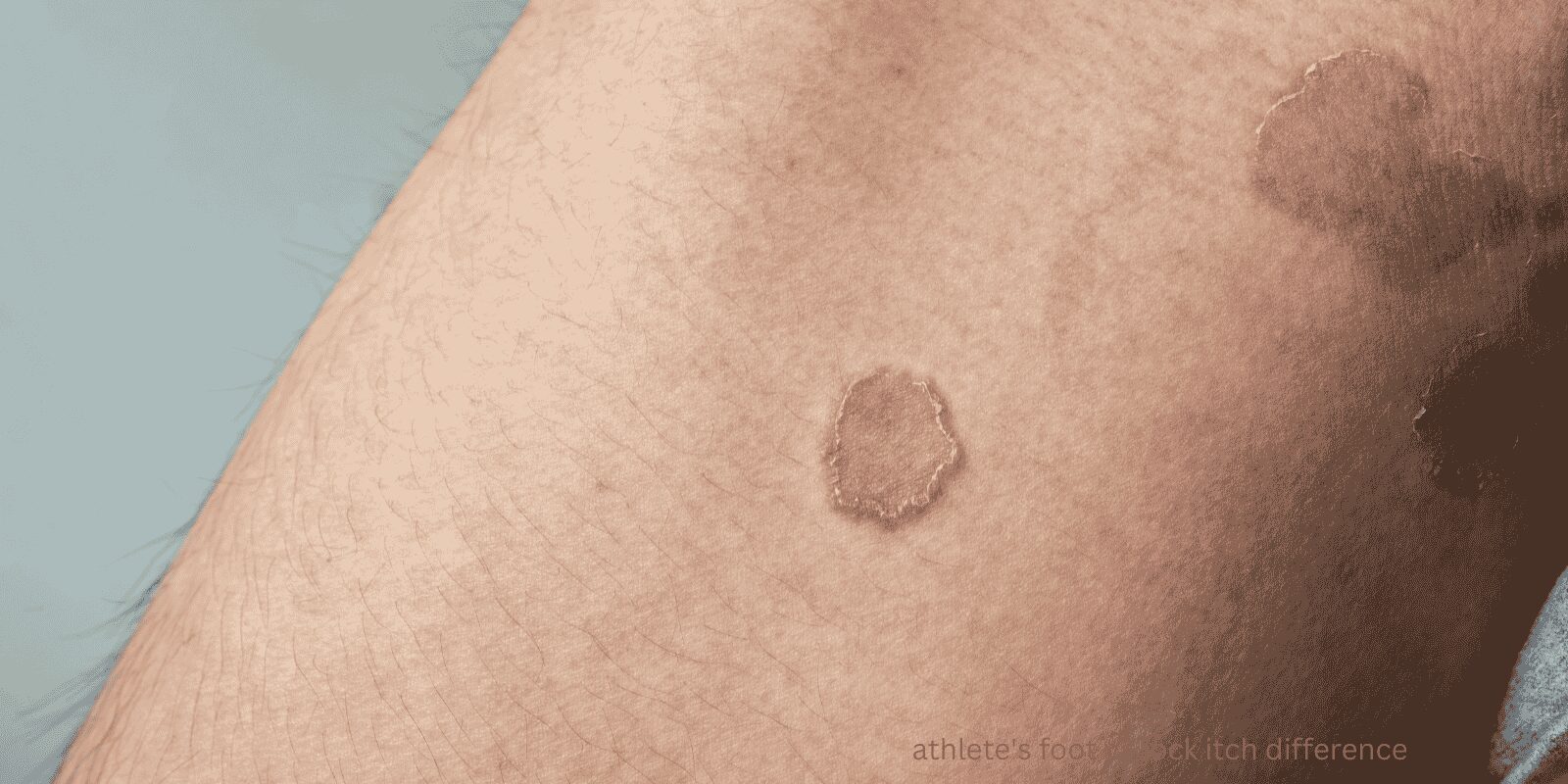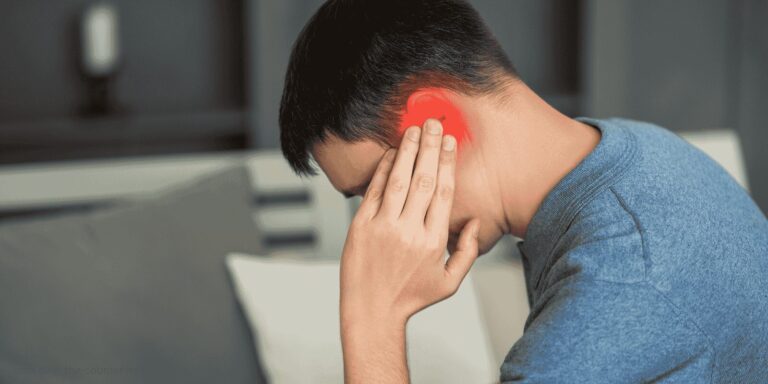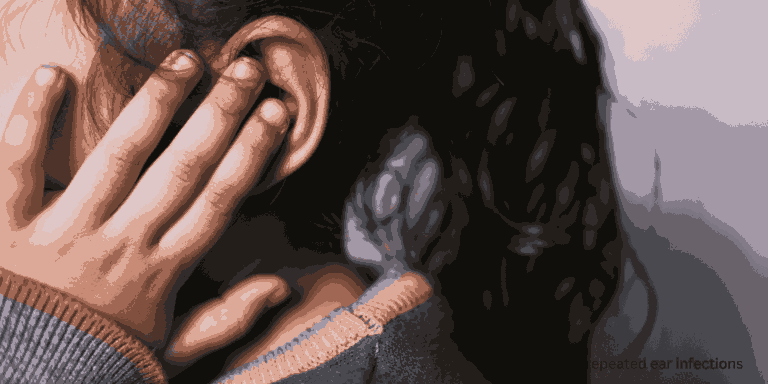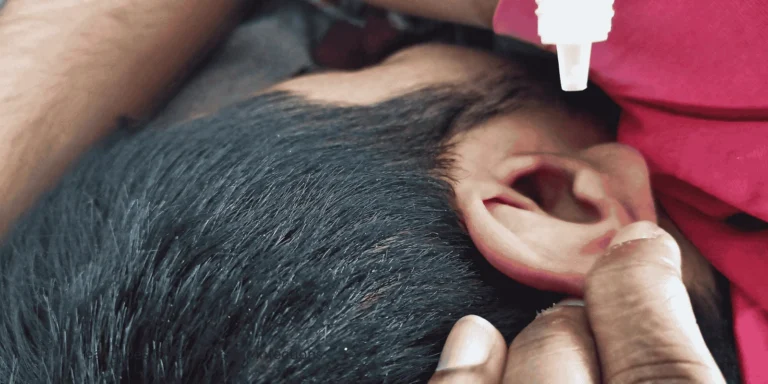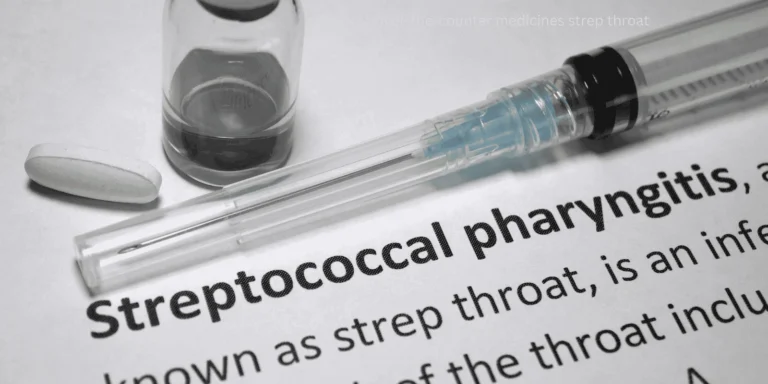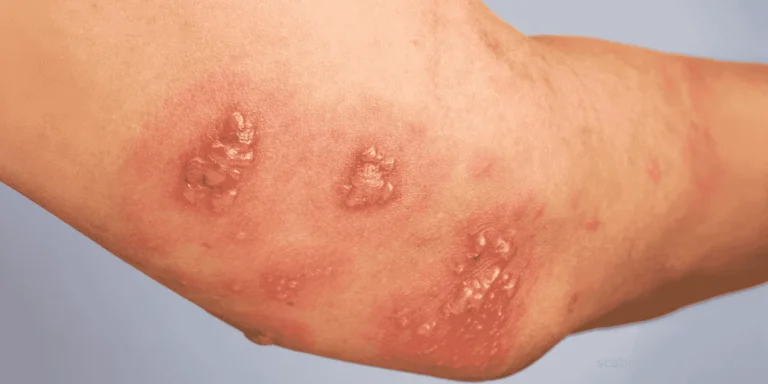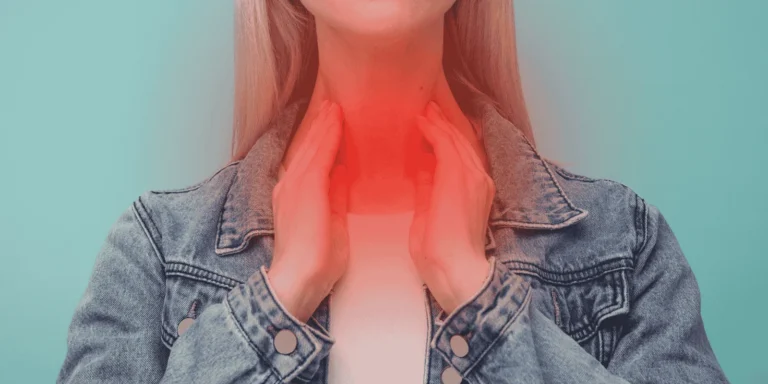A college wrestler came to my office last month, clearly embarrassed. “Doc, I’ve got this itchy rash, and I’m not sure if it’s athlete’s foot or… you know… the other thing.”
Both athlete’s foot and jock itch are fungal infections caused by the same family of organisms, but they affect different body areas and have distinct characteristics. Let me break down what you need to know.
Location Is Everything
Athlete’s foot targets your feet, especially between the toes where moisture gets trapped. It loves the warm, damp environment inside shoes and socks.
Jock itch affects the groin area, inner thighs, and sometimes the buttocks. The medical term is tinea cruris, and it thrives in the warm, moist environment of your groin region.
How They Look Different
Athlete’s foot typically starts between your toes as white, soggy skin that peels off. As it spreads, you’ll see red, scaly patches on the soles and sides of your feet. Sometimes blisters form, and the skin cracks painfully.
Jock itch appears as a red, ring-shaped rash with raised, scaly edges. The center often clears up while the border remains red and inflamed. It rarely affects the scrotum itself — that’s how doctors differentiate it from other conditions.
The Itch Factor
Both conditions itch, but differently. Athlete’s foot creates a burning, stinging itch that gets worse when your feet are wet or sweaty.
Jock itch produces intense itching that’s often worse at night or after exercise. The itching can be so severe it disrupts sleep and daily activities.
Who Gets What
Athlete’s foot doesn’t discriminate — anyone who uses public showers, pools, or gyms is at risk. I see it in athletes, sure, but also in office workers who wear closed-toe shoes all day.
Jock itch affects men far more often than women due to anatomical differences. Tight clothing, obesity, and excessive sweating increase your risk. Athletes in sports requiring protective gear are particularly susceptible.
Spreading Patterns
Here’s something important — you can have both conditions simultaneously. The same fungus causes both, and it can spread from your feet to your groin if you’re not careful about hygiene.
I’ve seen patients scratch their athlete’s foot, then inadvertently spread the fungus to their groin area. Always wash your hands after touching infected areas.
Treatment Similarities and Differences
Both respond to antifungal medications, but treatment duration varies. Athlete’s foot often needs 4-6 weeks of treatment because feet stay moist longer. Jock itch usually clears up in 2-4 weeks.
Over-the-counter antifungal creams containing terbinafine, clotrimazole, or miconazole work for both conditions. Apply twice daily and continue for at least a week after symptoms disappear.
When Home Treatment Isn’t Enough
Call your doctor if:
- Symptoms don’t improve after two weeks of treatment
- The rash spreads despite treatment
- You develop fever or red streaks
- Blisters become filled with pus
- You have diabetes or immune system problems
Prevention Strategies
For athlete’s foot:
- Keep feet dry and change socks daily
- Wear breathable shoes and alternate pairs
- Use antifungal powder in shoes
- Never walk barefoot in public areas
For jock itch:
- Keep the groin area clean and dry
- Wear loose, breathable underwear
- Change clothes immediately after exercising
- Use separate towels for different body areas
The Embarrassment Factor
Both conditions carry social stigma, but they’re incredibly common. Fungal infections don’t reflect on your personal hygiene — they’re opportunistic organisms that take advantage of the right environment.
That wrestler I mentioned? His infection cleared up completely with proper treatment and prevention strategies. He returned to competition without any issues.
Important Reminders
Don’t share personal items like towels, socks, or underwear. These fungi spread easily through contaminated objects.
If you’re treating one area, be vigilant about the other. Good hygiene practices prevent cross-contamination and reinfection.
Both athlete’s foot and jock itch are treatable conditions that respond well to proper antifungal therapy and prevention measures. The key is early recognition and consistent treatment until the infection completely clears.

